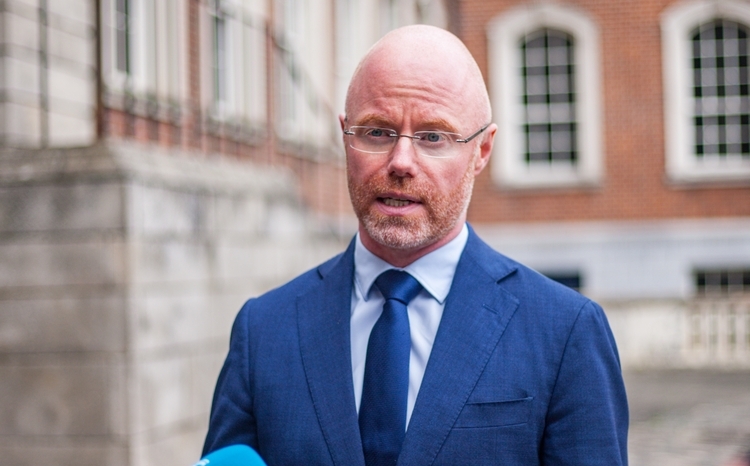Ireland details €875m EHR plans
- 4 April 2016

Ireland is planning to spend up to €875 (£700m) on building an electronic health record over the next five to nine years.
The aim is to implement a national EHR, made up of four key parts; an acute EPR; a community EPR; an integration platform; and a national shared record provided via a portal.
The business case for the project has been approved by a subset of Ireland’s Health Service Executive leadership team. If approved by the full leadership team later this month, it will go to the department of health in mid-May and on to the Cabinet Office.
Ireland’s chief information officer for health Richard Corbridge said the earliest it could have full sign-off is therefore late June.
The proposal includes a case for a five-year delivery or a nine-year, but this will be decided at a later stage.
Costs over five years (from 2016-2022) would be €345 – €467 million in capital costs and €302 – €408 million in revenue. The nine-year delivery plan (2016-2025) would be slightly less, totalling up to €824 million in total.
Corbridge believes the nine-year plan is more achievable as the five-year plan will be particularly challenging around resources.
EHealth Ireland started engaging with suppliers in November 2014 to validate its EHR plans and has continued talking to them through the process, including one-to-one meetings with all the major EPR vendors. Corbridge envisages working with four to eight core suppliers over the life of the programme.
He said the portal is likely to be the first deployment, creating a live view of information pulled from various systems to form a national shared record for patients.
A new National Children’s Hospital will be the first to deploy the chosen acute EPR, which will be configured for paediatrics. The hospital has already completed its IT business case and requirements and implementation is planned for 2019.
Only one Irish hospital currently has an EPR: St James’ in Dublin has deployed Cerner Millennium.
The rest have a mix of patient administration systems with some add-ons. Around 70% of Ireland’s hospitals use the iSoft PAS iPM, now owned by CSC. As part of the national contract with CSC, two can upgrade to the newer Lorenzo EPR before 2017, but Corbridge told Digital Health News they are still assessing the readiness of hospital groups to take the system.
He added that the chosen EPR will need to integrate with current capabilities and implementation will be in a phased, modular way, ending with a single solution set in around ten year’s time.
Ireland has signed national contracts for a laboratory system and a maternity system, which both went to Cerner. The first sites are due to go-live this year. It has also nearly completed roll-out of a national picture archiving and communications system from McKesson.
However, it is still 10-15 years behind the UK, and that means there is a lot of business and cultural change that needs to be tackled, Corbridge explained.
A senior chief clinical information officer representative will provide clinical representation on the EHR programme board, along with two clinical representatives for acute and a clinical representative for community.
Corbridge said people are receptive to the need to digitise the health service and eHealth Ireland’s successes over the past year show it can deliver solutions to improve care, but it is still a large amount of investment to be asking for in a difficult financial time.
He is confident in the costs and modelling work done on the EHR, which have been reviewed by Gartner and given a good report.




